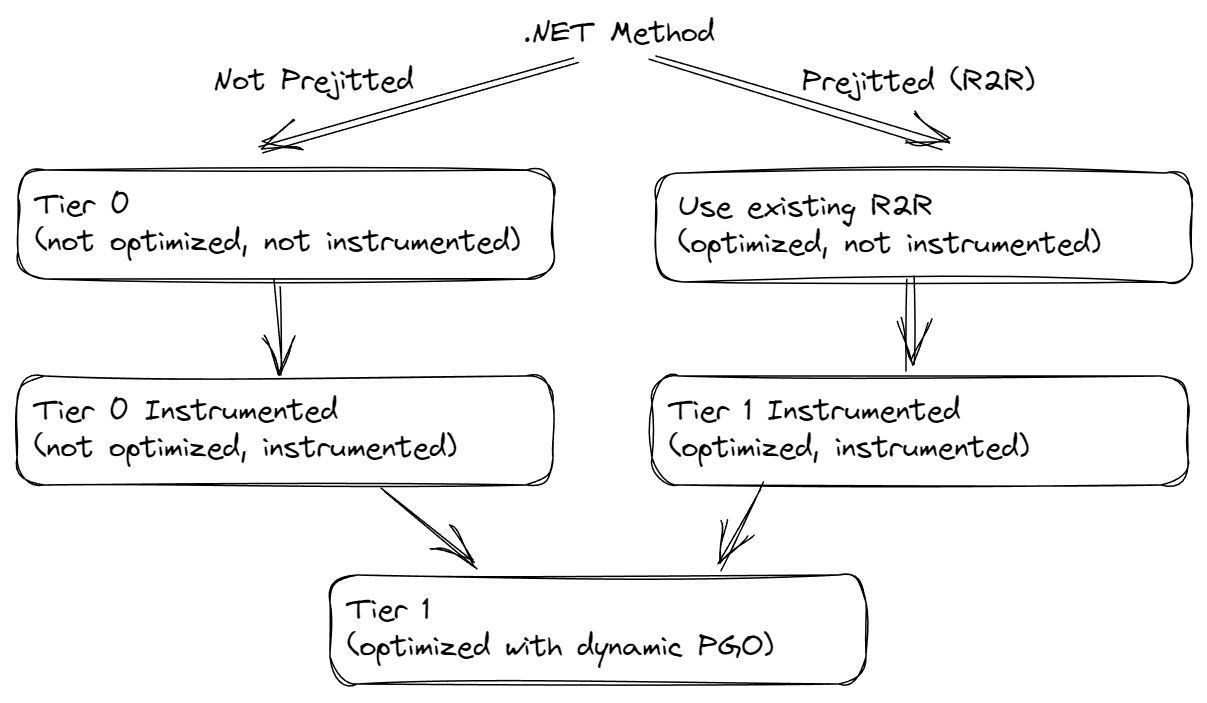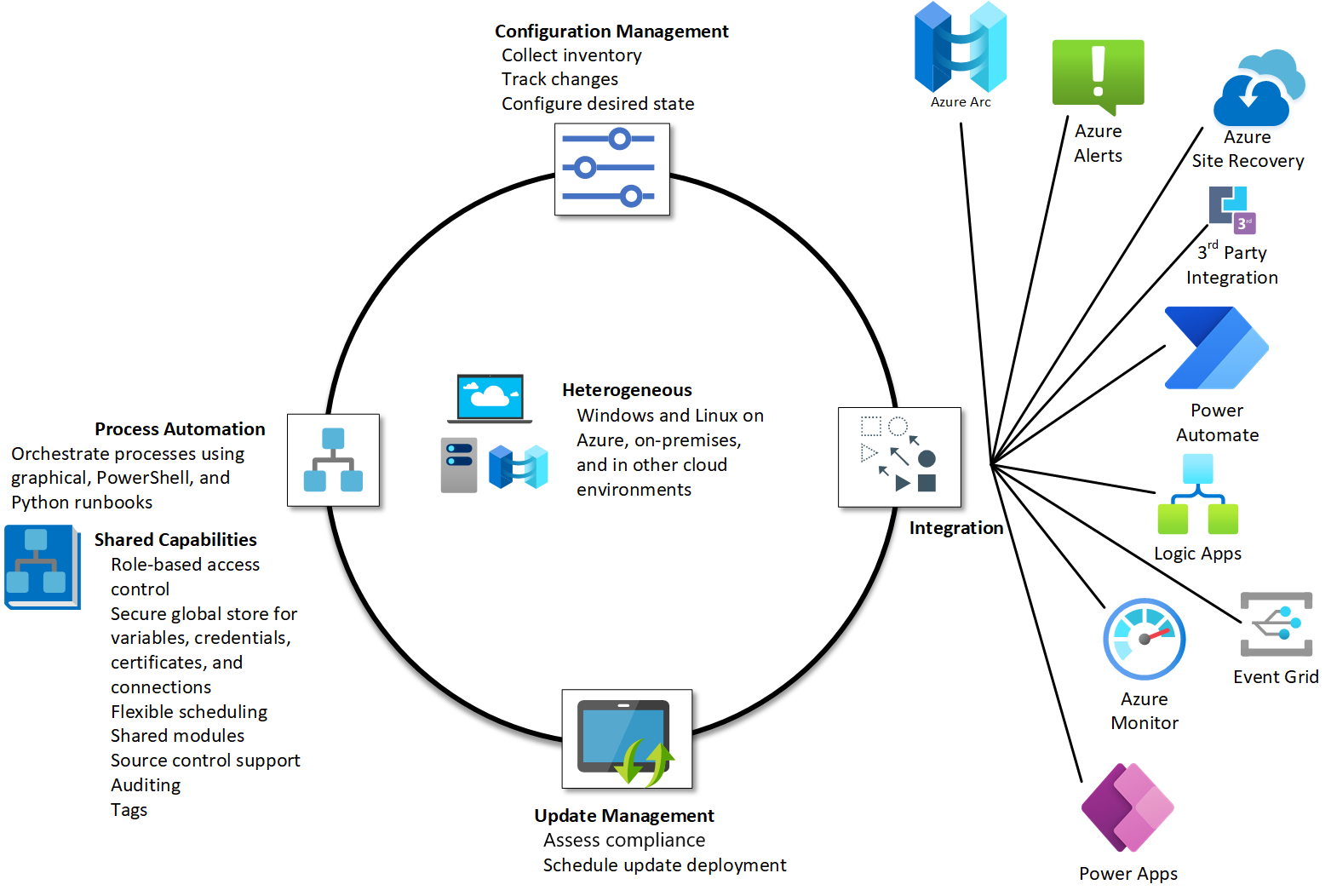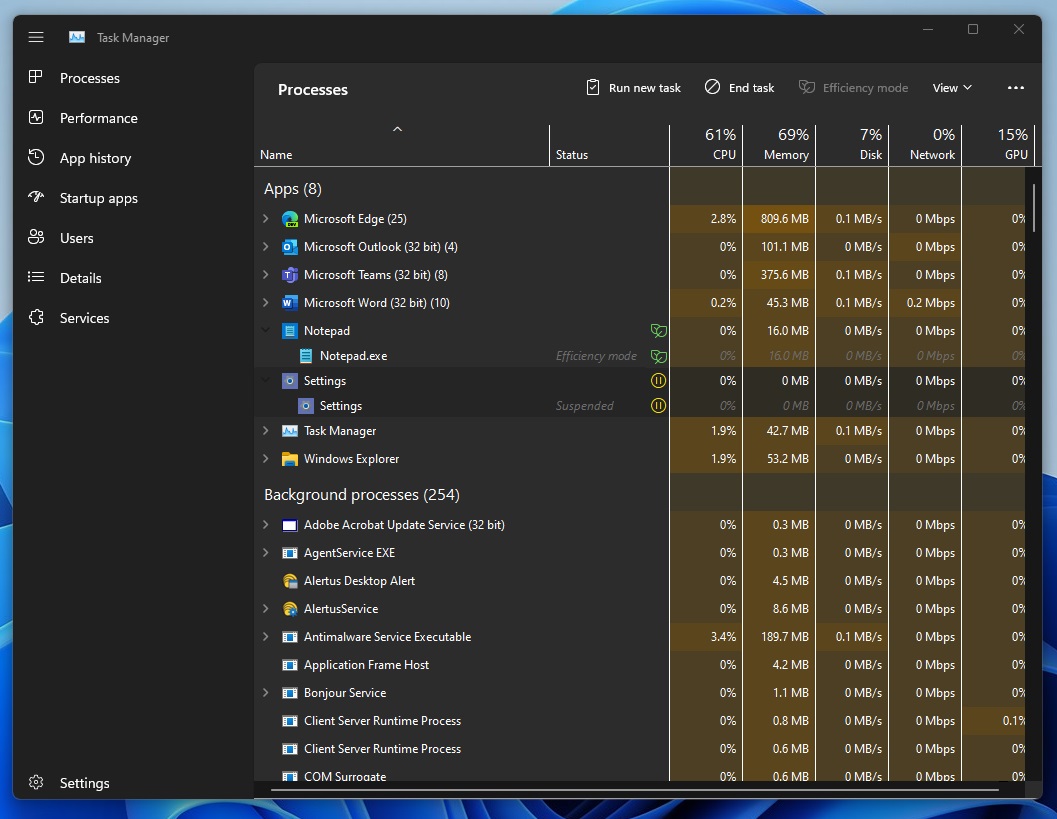In this article, we will provide an overview of the Windows COM+ service.
Purpose and Applicability
The purpose of Windows COM+ Service is to provide a platform for developing and running distributed and scalable applications on the Microsoft Windows operating system. It is applicable to various scenarios, including enterprise-level applications, server-side components, and client-server applications.
Windows COM+ Service allows developers to create and manage components using the Component Object Model (COM). It provides a runtime environment for executing these components, enabling them to interact with other components and systems in a distributed computing environment.
Some key features and benefits of Windows COM+ Service include:
1. Transaction Support: Windows COM+ Service integrates with Microsoft Transaction Server (MTS) to provide transaction support for database operations. This ensures that database transactions are managed reliably and efficiently.
2. Scalability: Windows COM+ Service allows applications to be scaled across multiple servers or even computer clusters. This enables applications to handle increased workloads and provide high availability.
3. Resource Management: Windows COM+ Service provides resource management capabilities, allowing system administrators to control the allocation and usage of system resources such as memory and processing power.
4. Failover Support: Windows COM+ Service supports failover, which means that if a server or component fails, the workload is automatically transferred to another available server or component. This ensures continuous operation of mission-critical applications.
5. Just-in-Time Compilation: Windows COM+ Service includes just-in-time compilation, which improves the performance of applications by dynamically compiling code at runtime.
6. Thread Pool Management: Windows COM+ Service manages a thread pool to efficiently handle concurrent requests from multiple users. This improves the responsiveness and scalability of applications.
Developers can use various programming languages, such as Visual Basic (classic), C++, and Microsoft Visual C++, to create components for Windows COM+ Service. These components can be compiled into dynamic-link libraries (DLLs) and deployed on the Windows operating system.
Starting Applications: Automatic vs. Manual
| Starting Applications | Automatic | Manual |
|---|---|---|
| Description | The application starts automatically upon system boot or upon certain events or triggers. | The application needs to be manually started by the user or another program. |
| Advantages |
|
|
| Disadvantages |
|
|
| Examples |
|
|
Essential Service Configurations
1. Configuring Component Object Model (COM+) Services:
To configure COM+ services on Windows, follow these steps:
– Open the Component Services tool by typing “dcomcnfg” in the Run dialog box.
– Navigate to the “Component Services” > “Computers” > “My Computer” > “COM+ Applications” section.
– Right-click on the desired application and select “Properties”.
– In the “Activation” tab, choose the appropriate activation type, such as “Server” or “Library”.
– Set the desired security settings, such as authentication and impersonation, in the “Security” tab.
– Apply the changes and restart the COM+ services if necessary.
2. Configuring Microsoft Transaction Server (MTS) Integration:
To integrate MTS with COM+ services, follow these steps:
– Open the Component Services tool and navigate to the “Component Services” > “Computers” > “My Computer” > “COM+ Applications” section.
– Right-click on the desired application and select “Properties”.
– In the “MTS Integration” tab, enable “Enable MTS Integration” option.
– Set the desired transactional properties, such as “Enlist Components” or “Default Transaction Timeout”.
– Apply the changes and restart the COM+ services if necessary.
3. Configuring Windows XP Compatibility:
For Windows XP compatibility, follow these steps:
– Open the Component Services tool and navigate to the “Component Services” > “Computers” > “My Computer” > “COM+ Applications” section.
– Right-click on the desired application and select “Properties”.
– In the “Application” tab, click on the “Compatibility” button.
– Enable the “Run this application in compatibility mode for” option and select “Windows XP” from the dropdown.
– Apply the changes and restart the COM+ services if necessary.
4. Configuring Activation and Security Settings:
To configure activation and security settings for COM+ services, follow these steps:
– Open the Component Services tool and navigate to the “Component Services” > “Computers” > “My Computer” > “COM+ Applications” section.
– Right-click on the desired application and select “Properties”.
– In the “Activation” tab, select the desired activation type, such as “Server” or “Library”.
– In the “Security” tab, set the appropriate security settings, such as authentication and impersonation.
– Apply the changes and restart the COM+ services if necessary.
5. Configuring Performance and Scalability:
To optimize performance and scalability of COM+ services, consider the following tips:
– Use object pooling to reuse objects and minimize object creation overhead.
– Implement multithreading to handle multiple requests simultaneously.
– Use distributed transactions for database transactions across multiple servers.
– Optimize code using techniques like caching and asynchronous processing.
– Monitor system resources and adjust COM+ settings accordingly.
Audience and Requirements
- Audience: Developers, software architects, system administrators.
- Requirements: Windows operating system (Windows 2000 or later), knowledge of Microsoft Component Object Model (COM) and its concepts, familiarity with programming languages such as C++ or C#.

Frequently Asked Questions
What is component services used for?
Component services are used for defining an application programming model and providing a run-time infrastructure for developing and managing distributed applications. They allow transactions to be broken down into components that perform specific functions.
What is the COM server application?
The COM server application is an application or library that offers services to a client application or library. It is composed of one or more COM objects, which are sets of properties and methods. The implementation of these objects remains hidden from the clients.
How do I open COM+ in Windows?
To open COM+ in Windows, you can navigate to the Component Services Explorer and expand the Computers folder in the Tree window. From there, go to Computers -> My Computer -> COM+ Applications. Each icon in the COM+ Applications folder represents a specific COM+ application.




